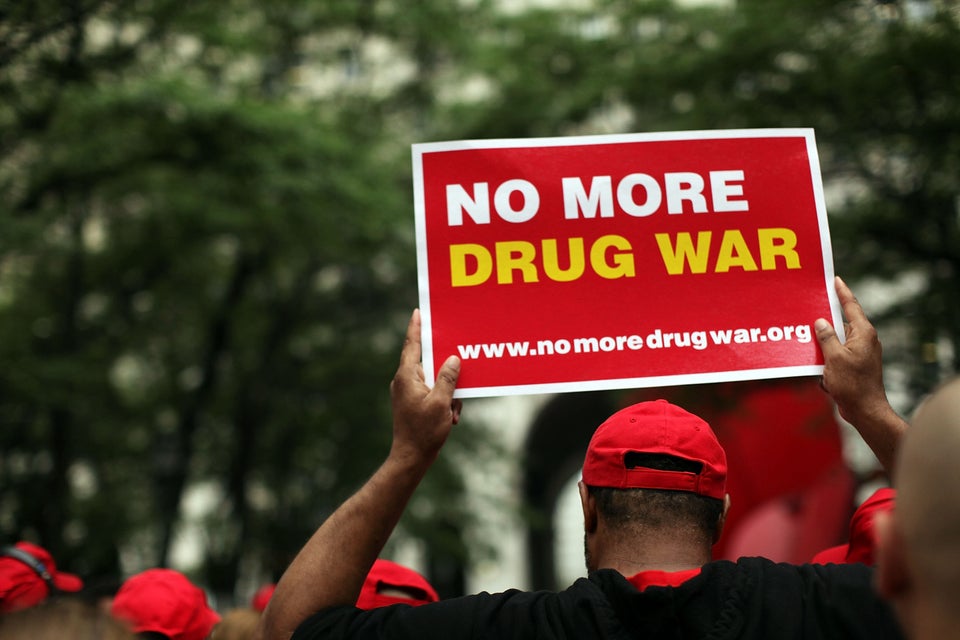
At this point, most everyone is familiar with the drug war in Mexico, the devastation it has caused and the thousands left dead in its wake over nearly a decade. What most may not be aware of, however, is the culture surrounding the drug war and narcotrafficking.
“Narco Cultura” by filmmaker Schaul Schwarz shines a light on a way of life that some see as glorifying drug traffickers while others see as simply accepting the reality of modern Mexico.
“One thing is telling you guys in words,” explains Edgar Quintero during a Q&A following the film’s screening at Latino International Film Institute (LALIFF) in Los Angeles this past weekend, “and another thing is just writing a song.”
Quintero is the lead singer for music group Los Buknas De Culiacán, a Norteña music group from Los Angeles that is part of the Movimiento Alterado, a music scene devoted to writing narcocorridos, ballads about the escapades of Mexican narcos.
The film follows the band’s rise to stardom in the United States thanks to their songs about the exploits of drug kingpins of various notoriety.
Meanwhile, Schwarz and his crew also follow members of SEMEFO in Ciudad Juárez, Mexico as they travel to numerous crime scenes on a daily basis where they perform their ritual of identifying the murdered bodies of innocent and not-so-innocent persons involved in the drug war.
The juxtaposition of both extremes is powerful as the audience is shown every excess of the drug war from never-ending murders and violence to gross wealth and partying.
Narcocorridos similar to gangster rap
The extreme juxtaposition is also conveyed by the dreams of a member of SEMEFO who contemplates leaving his beloved hometown, officially one of the most dangerous cities in the world, to El Paso across the border. El Paso is the safest city in all of the U.S., the same country where the majority of narcotics from Mexico are shipped to and purchased.
“We live that life through music,” continues Quintero at the Q&A, “we don’t live that life everyday.” He later admits that his group no longer writes narcocorridos and, instead, focuses on songs about partying and having a good time.
The similarities between narcorridos and gangster rap are many and the realities behind the creation of each are just as complex. Gangster rap was, initially, a reaction to poverty and racism (for example, N.W.A.) before becoming a larger movement that was commoditized by record labels. The music itself functions in three ways: as a reflection of society, as a reaction to society and as a catalyst to society.
When we first meet Eddie, he explains how he was fresh out of prison and looking for a way out by pursuing his lifelong dream of becoming a singer. The first person to provide that outlet was a low-level narc looking for someone to write a corrido in order to gain more street cred.
The reality displayed in the film is of a devastating irony: the criminal syndicates responsible for destroying Mexico are also, for some, their only saviors who can provide an opportunity at success.
“Narco Cultura” will premiere in theaters nationwide on November 22.
‘Narco Cultura’ trailer
Originally published on VOXXI as ‘NARCO CULTURA’ FILM EXPOSES MEXICO’S DRUG CULTURE AND NARCOCORRIDOS
